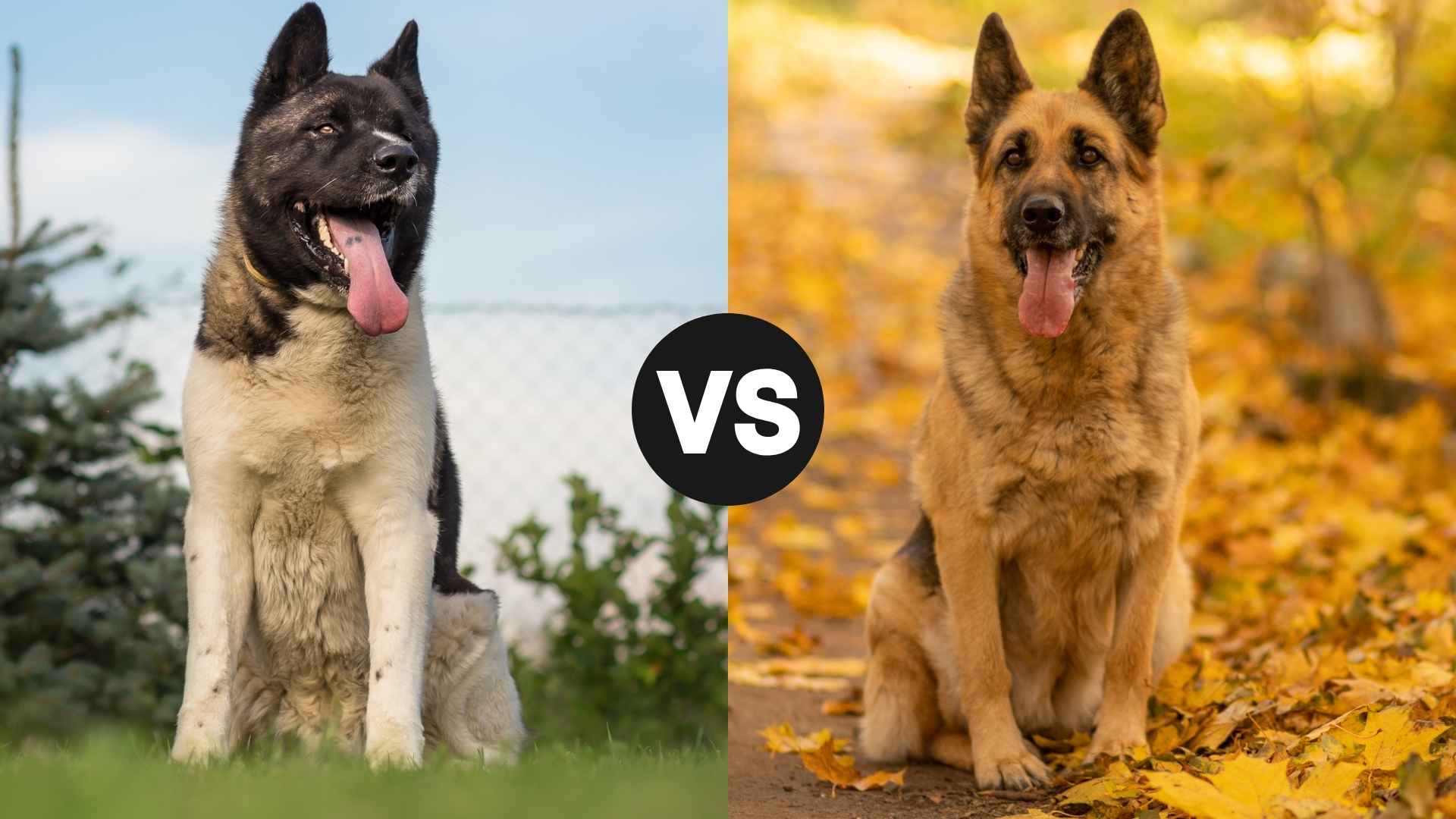Choosing between an Akita and a German Shepherd is no easy task—both breeds are powerful, intelligent, and deeply loyal, but they offer very different experiences for dog parents. The Akita, a bold and dignified breed from Japan, was originally bred for hunting and is known for its thick double coat, curled tail, and calm but strong-willed nature.
On the other hand, the German Shepherd is a world-renowned working dog prized for its versatility, athleticism, and eagerness to please. While German Shepherds are often seen assisting in police work, guiding the visually impaired, or starring in films, Akitas tend to form intense bonds with their families and are better suited for experienced handlers.
If you’re deciding between these two iconic breeds, understanding their personalities, physical traits, and care requirements is key. In this comparison, we’ll break down what sets the Akita and German Shepherd apart to help you decide which one might be the right fit for your home and lifestyle.
Akita vs. German Shepherd
When comparing the Akita vs German Shepherd, both breeds stand out as strong, loyal, and intelligent working dogs, but they differ greatly in temperament and purpose. The Akita, originating from Japan’s mountainous regions, is a powerful and dignified breed once used for hunting and later as a guard dog and police dog.
With a broad head, erect ears, curled tail, and a thick coat in various colours, the Akita is as striking as it is stoic. Known for its reserved nature, the Akita tends to be independent and protective, making it best suited for experienced dog owners. In Japanese culture, the Akita also symbolizes health and good fortune.
The German Shepherd, on the other hand, was bred in Germany from herding dogs and is prized for its high intelligence, trainability, and versatility. With a more agile and athletic build, this breed thrives in physically demanding roles like police work, military service, and search and rescue.
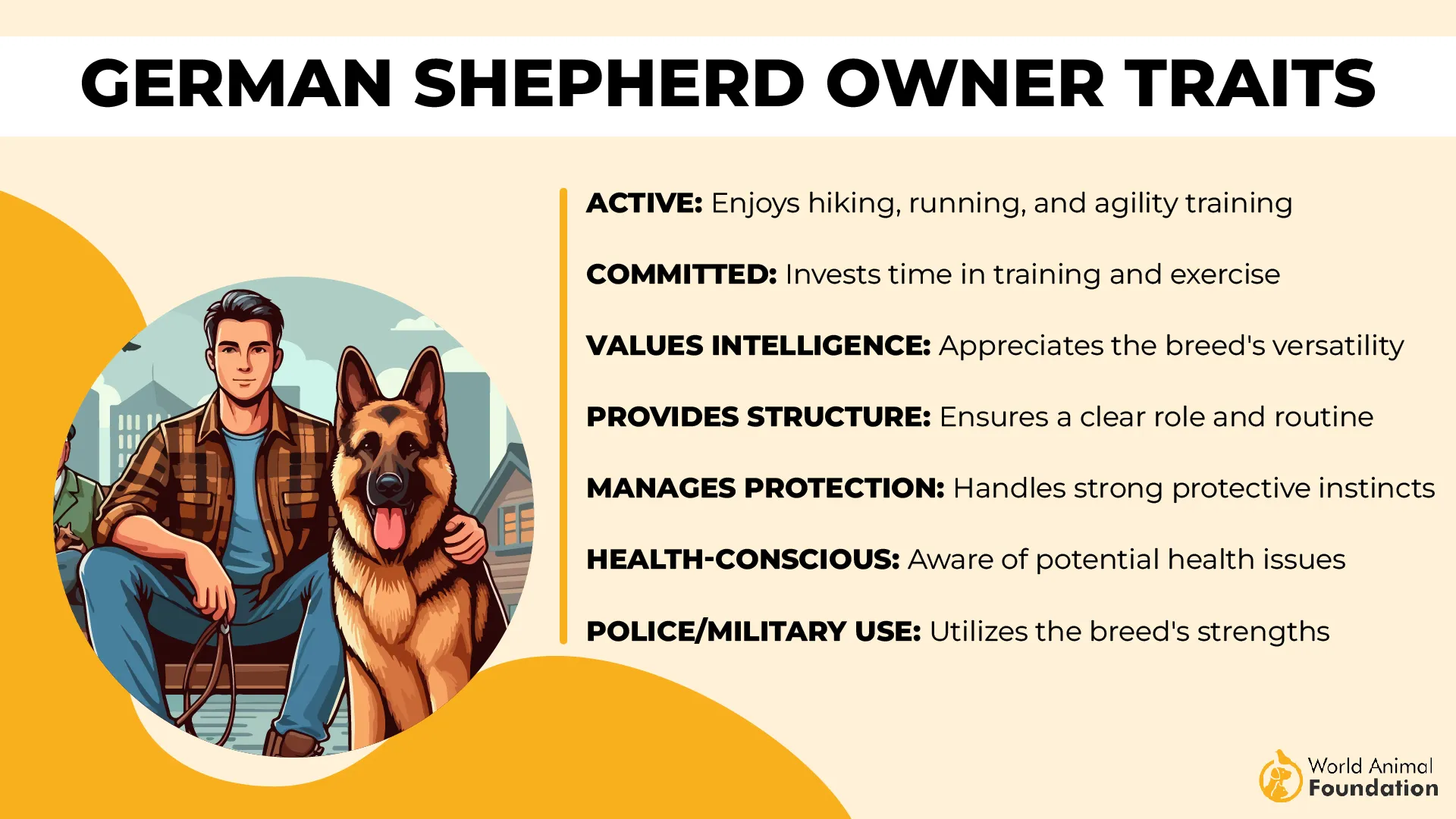
German Shepherds are highly loyal, energetic, and eager to please, requiring consistent training and mental stimulation. While both breeds are naturally protective, the German Shepherd is generally more social and adaptable to family life. In contrast, the Akita tends to bond deeply with a few and remains aloof with strangers.
Origins and Breeding Background: Akita vs. German Shepherd
When it comes to origins and breeding background, the Akita has deep roots in Japanese history, originating in the Akita Prefecture during the 17th century. Bred to be powerful hunting dogs, Akitas were courageous enough to take down wild boars, deer, and even bears. Their role extended beyond hunting, as they became cultural symbols of loyalty and good health in Japan.
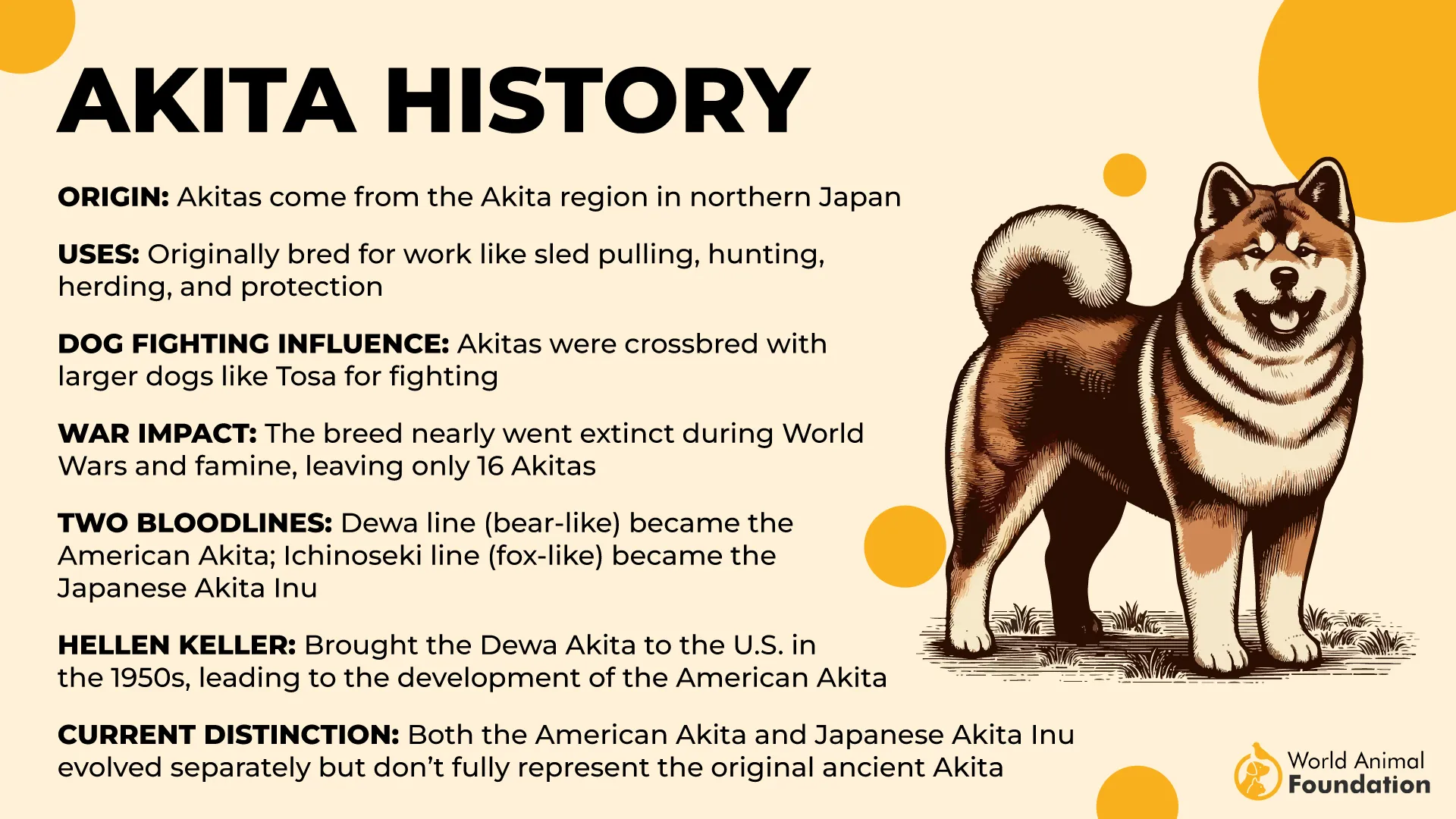
The legendary Akita named Hachiko famously waited at a train station daily for his deceased owner, embodying the breed’s unwavering devotion. The Akita made its way to the United States in 1937, thanks to Helen Keller. It gained popularity post–World War II before being officially recognized by the American Kennel Club in 1972.
In contrast, the German Shepherd traces its lineage back to 1899, when Captain Max von Stephanitz developed the breed in Germany from traditional herding and farm dogs. Created with the goal of producing the ideal working dog, German Shepherds quickly became known for their intelligence, obedience, and versatility.

By 1908, the American Kennel Club had recognized the breed, and its popularity soared globally, particularly during and after the World Wars. To distance the breed from its German roots during wartime, it was often called the “Alsatian” in Europe.
The German Shepherd’s reputation led to further breed variations, such as the king shepherd, but its core identity as a loyal and hardworking companion remains unchanged.
Physical Size Comparison: Akita vs. German Shepherd
In terms of physical size, the Akita is a large and imposing breed with a distinctly foxlike face, triangle-shaped, pointed ears, and a thick, plush double coat. One of their most recognizable features is their fluffy, curled tail that arches over the back.
Akitas are significantly larger, weighing between 70 to 130 pounds and standing 24 to 28 inches tall at the shoulder. The American Akita is larger than the Japanese Akita Inu. Their powerful build and broad frame contribute to their presence as both protectors and companions.
The German Shepherd (GSD), while also considered a large breed, tends to have a slightly leaner and more athletic build compared to the Akita. They typically weigh between 50 to 90 pounds and stand 22 to 26 inches tall.
German Shepherds are known for their strong, agile physique, with a straighter back and a bushy tail that hangs down, giving them a sleek, purposeful look. While both breeds are sizable, the Akita is generally bulkier and heavier than the more streamlined German Shepherd.
Behavior and Temperament Differences
As per Britannica, Akita is known for being calm, courageous, and deeply loyal—but also fiercely independent and sometimes aloof. They typically bond closely with one family and are naturally wary of strangers. Akitas are not as playful as adults and often prefer solitude or quiet companionship.
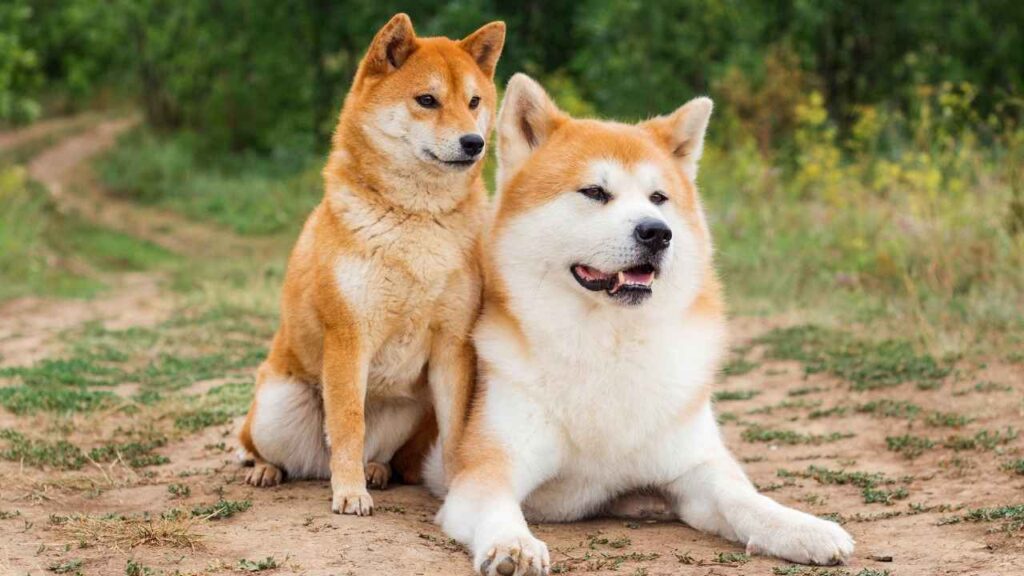
Their strong protective instincts can lead them to misinterpret benign actions as threats, making early socialization essential. Due to their prey drive and possible aggression toward other animals, cats, and unfamiliar dogs, Akitas often do best as the only pet in a household. While trainable, their strong-willed nature means they respond best to experienced handlers who respect their independence.
In contrast, the German Shepherd is energetic, highly trainable, and thrives on both mental and physical stimulation. They are generally more social than Akitas and make excellent companions for families with kids or seniors. German Shepherds are gentle and affectionate with their families but may be cautious around strangers.
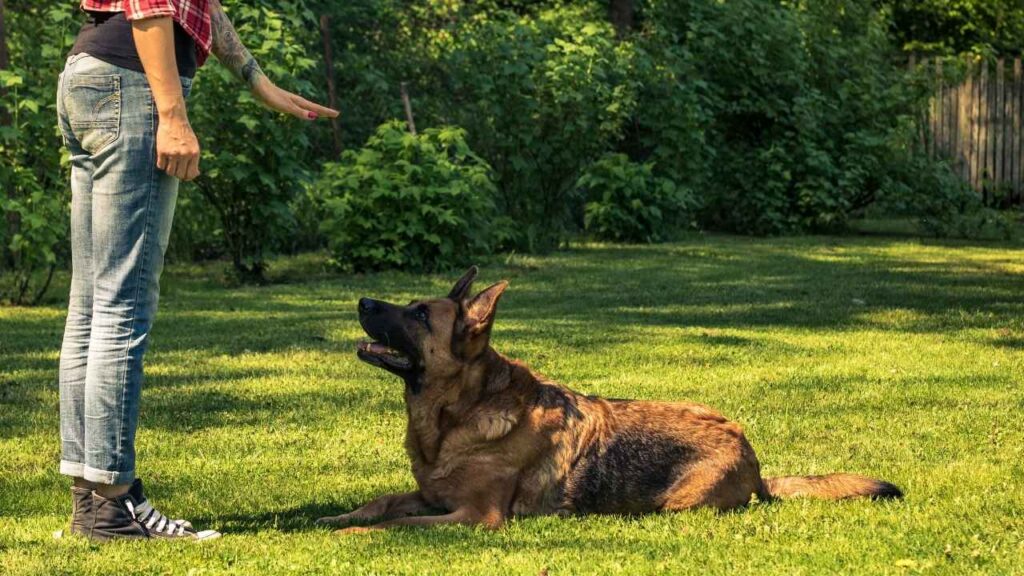
Their intelligence and eagerness to work make them ideal for roles in law enforcement, search and rescue, and service work. While not inherently aggressive, their high energy and strong prey drive mean they require structured training, regular exercise, and early socialization to prevent behavioral issues and ensure they remain well-mannered and confident, states Britannica.
Lifespan and Health Expectations
Akita generally lives between 10 to 14 years, making it slightly longer-lived than many other large breeds. However, they are prone to specific health issues that require attention. One of the most serious is gastric dilation volvulus (GDV), or bloat, a potentially fatal condition where the stomach twists and cuts off blood flow.
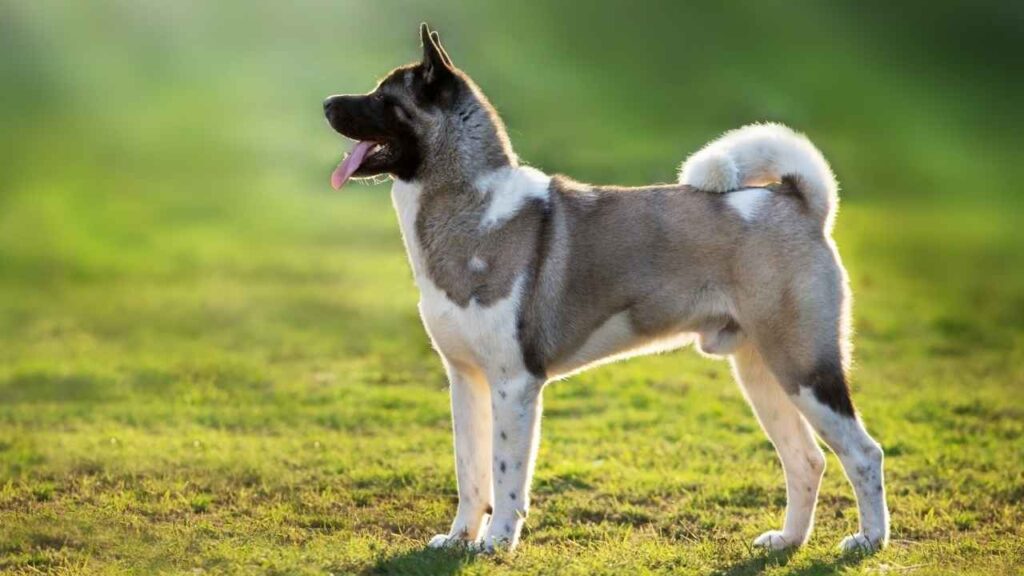
Akitas are also susceptible to patellar luxation, hypothyroidism, and progressive retinal atrophy. To reduce the risk of joint issues like hip dysplasia, Akita puppies should be fed a large-breed formula that supports slow, controlled growth, states PetMD.
The German Shepherd dog, in comparison, has a slightly shorter average lifespan of 7 to 10 years and is similarly prone to health complications, particularly those common in large, deep-chested breeds. Like the Akita, they are at risk for gastric dilation volvulus (GDV), a life-threatening condition requiring immediate veterinary care.
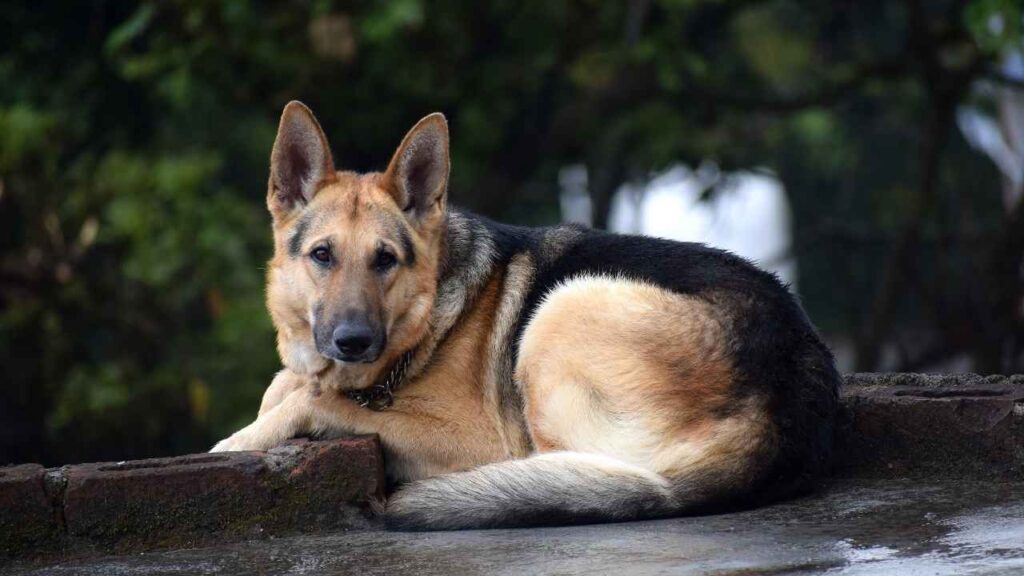
While both breeds are generally robust, prospective owners should be prepared for the possibility of costly medical interventions. They should invest in preventive care, including regular checkups and proper nutrition tailored to large breeds.
Fascinating Facts About Akita and German Shepherd
Akita Facts
Akitas, once known as “snow country dogs,” originated in the snowy mountains of northern Japan. Bred for their strength and endurance, they were skilled hunters capable of taking down large game like boar, elk, and Yezo bears. Their rugged abilities are honoured today in a dedicated museum in Odate, Japan.
In ancient Japan, Akitas were so highly valued that only the Imperial family and aristocrats could own them. Their care followed ceremonial customs, with special leashes symbolizing the status of both the dog and its owner, reflecting their elevated place in society, according to AKC.
Culturally, Akitas represent health, happiness, and long life in Japan. It’s tradition to gift Akita statues to families when a baby is born, symbolizing good fortune and well-being, highlighting the breed’s deep-rooted significance.
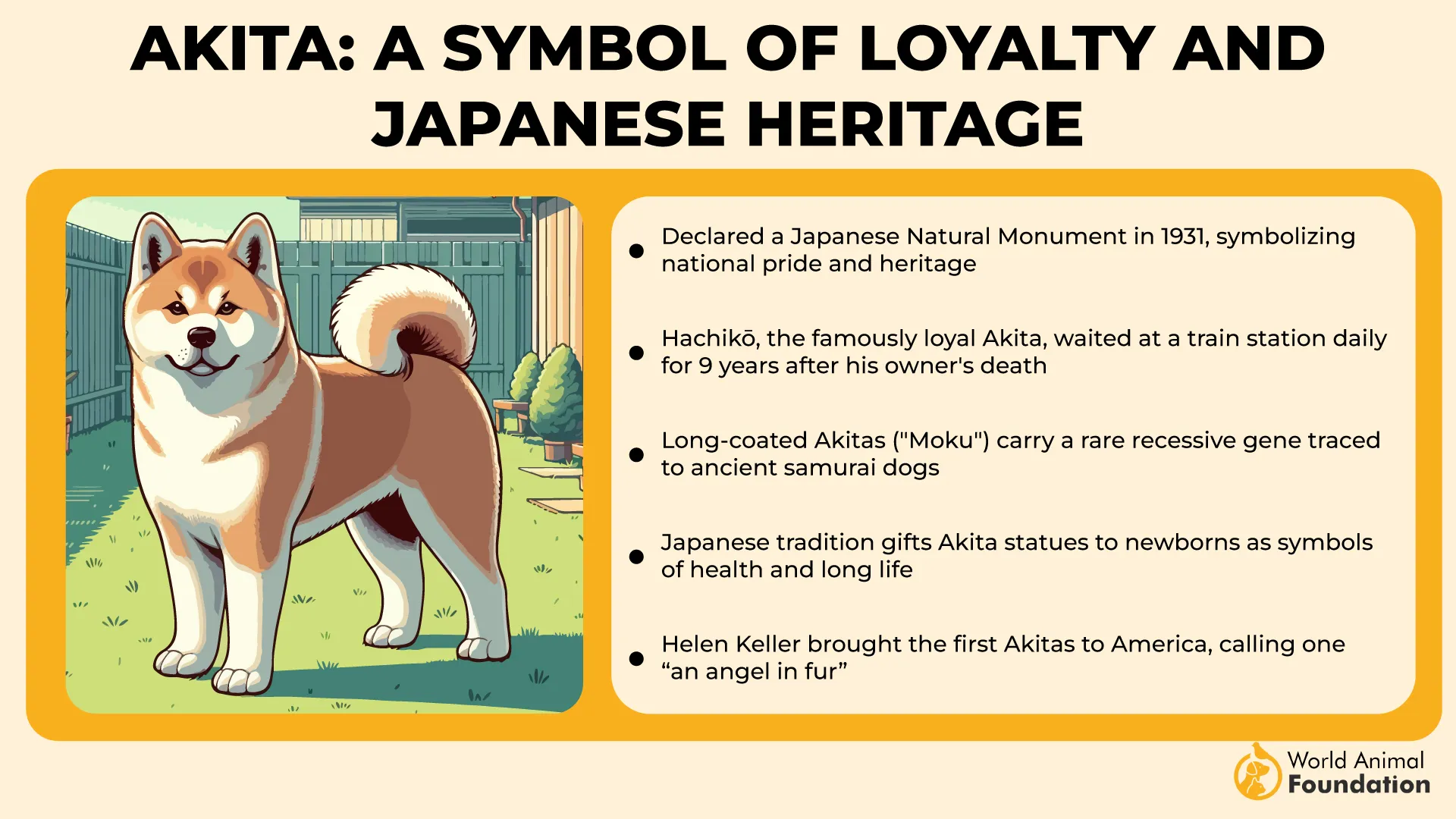
Hachikō, the most famous Akita, became a national symbol of loyalty. After his owner, Professor Ueno, passed away in 1925, Hachikō continued to wait daily at Shibuya Station for nearly ten years. His unwavering devotion is honoured with a bronze statue and an annual ceremony on March 8.
German Shepherd Facts
German Shepherd Dogs (GSDs) were originally bred to herd large flocks—up to 1,000 sheep—by acting as living fences, using instinct and agility to keep the flock safe and contained.
During World War I and II, GSDs served in the German army as guard, messenger, and attack dogs, known for their bravery and their role in protecting soldiers and delivering medical supplies.
In 1928, a GSD named Buddy became the first Seeing Eye Dog in the U.S., assisting Morris Frank and helping launch the service dog movement nationwide.
The modern GSD breed began in 1899 when Capt. Max von Stephanitz and Artur Meyer purchased a wolf-like dog named Horand von Grafrath at a dog show. He became the founding sire of the breed. The “von” in a GSD’s name reflects noble German lineage.
Key Distinctions Between Akita and German Shepherd
The Akita is a powerful, snow-born hunter from Japan known for its loyalty and strength. Bred for harsh climates, Akitas have webbed toes and retained dewclaws to help navigate snowy and icy terrain. Their plush, curled tails—each uniquely shaped—are a signature feature.
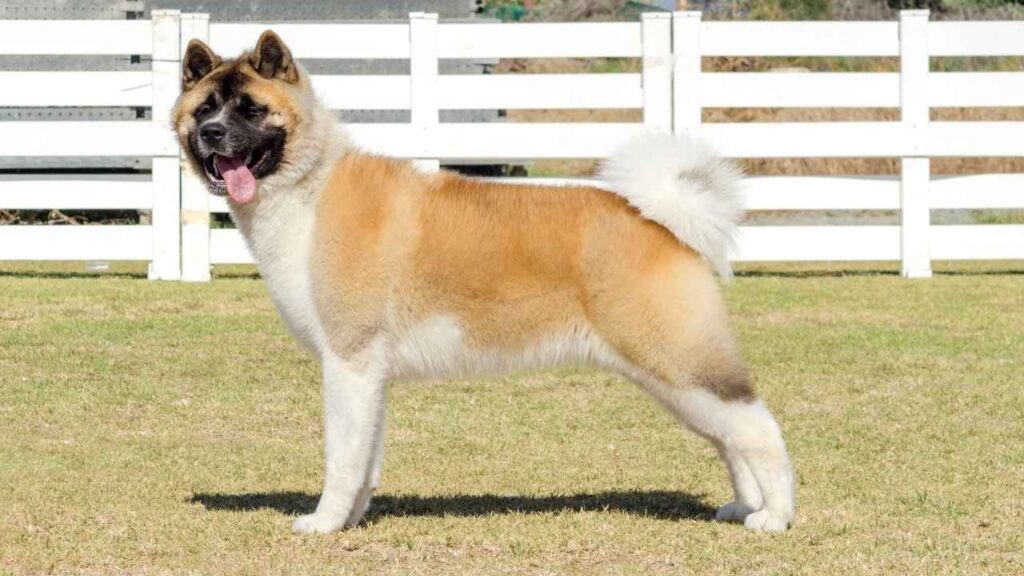
Aloof and protective, they tend to bond deeply with one family and are reserved or suspicious toward strangers. Due to their strong-willed nature and prey drive, they’re best suited for experienced dog owners and usually do better as the only pet.
In contrast, the German Shepherd is a highly intelligent and versatile herding breed from Germany. Known for its fluid gait and curved body structure, the GSD excels in working roles—from herding and guarding to service and military dogs.
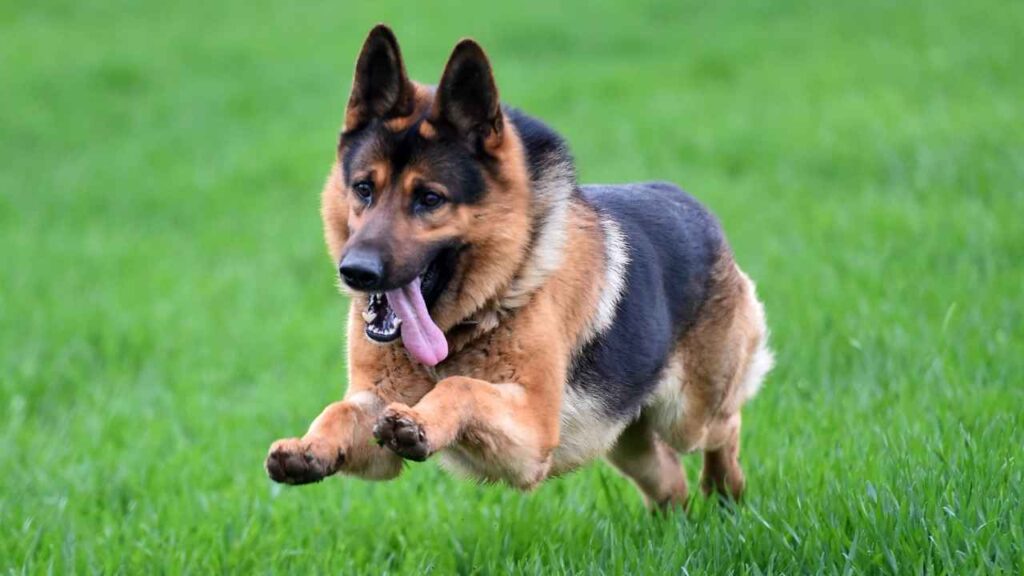
Their upright, triangular ears and inquisitive head tilt reflect their alertness and eagerness to understand commands. GSDs are generally more sociable and trainable than Akitas but require extensive mental and physical stimulation. Their dense double coat should never be shaved, only regularly brushed to manage shedding.
Conclusion
If you’re deciding between the Akita and the German Shepherd, the right choice depends on your experience, environment, and expectations. For experienced dog owners looking for a large dog with a calm demeanor and strong protective instincts, the Akita may be the best fit. They are loyal and loving dogs, but their independence and reserved nature make them better suited for quieter households without young children or other pets.
On the other hand, the German Shepherd is widely regarded as one of the best breeds for active families. With their intelligence, eagerness to please, and ability to bond closely with humans, they excel as companions, service dogs, and protectors. Their attentive attitude, versatility, and friendly nature with kids and other dogs make them ideal for homes looking for a loyal, obedient pup.
In our humble opinion, if you want a well-rounded, trainable, and family-friendly companion, the German Shepherd is the more adaptable and practical choice. But for those drawn to a dignified and deeply devoted guardian, the Akita offers a unique bond that few dogs can match.


